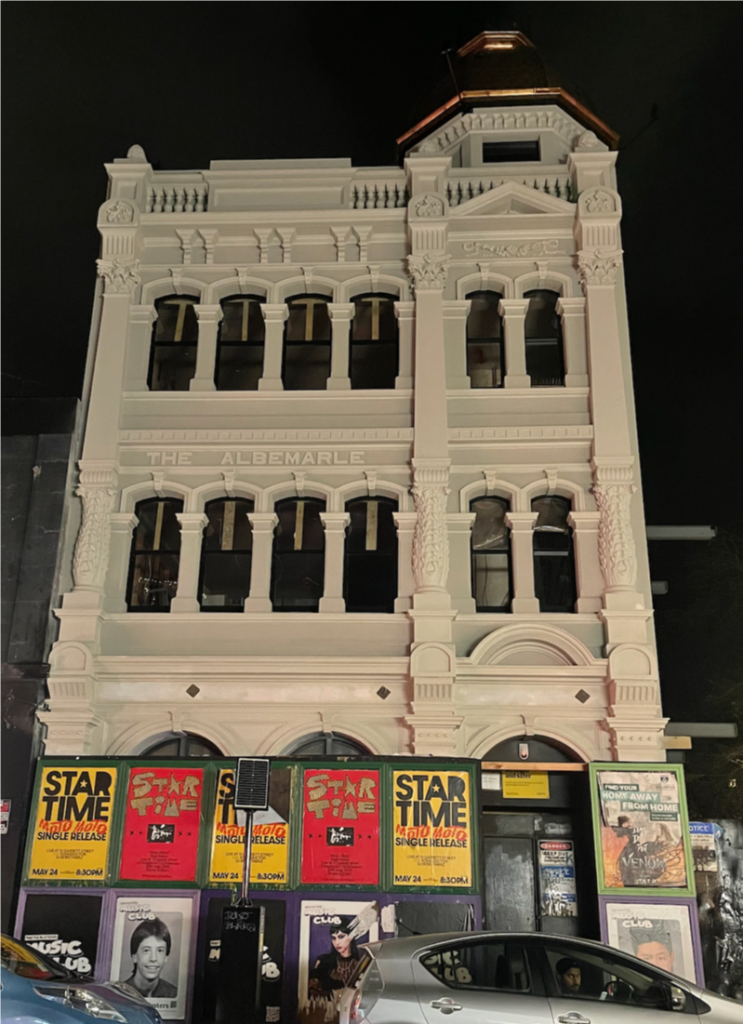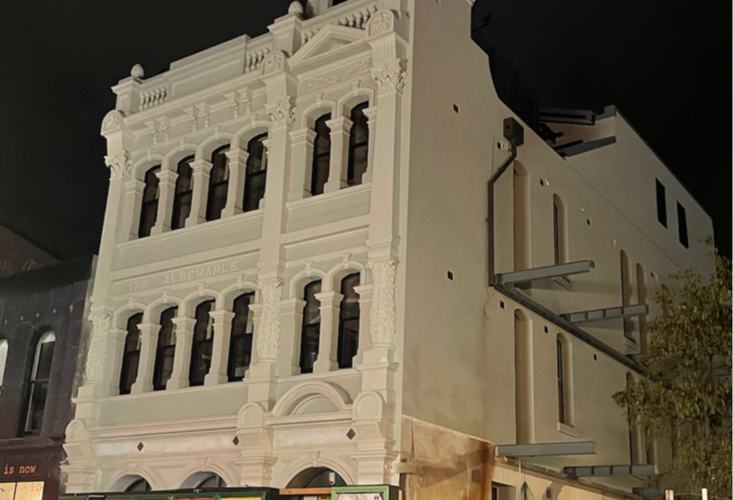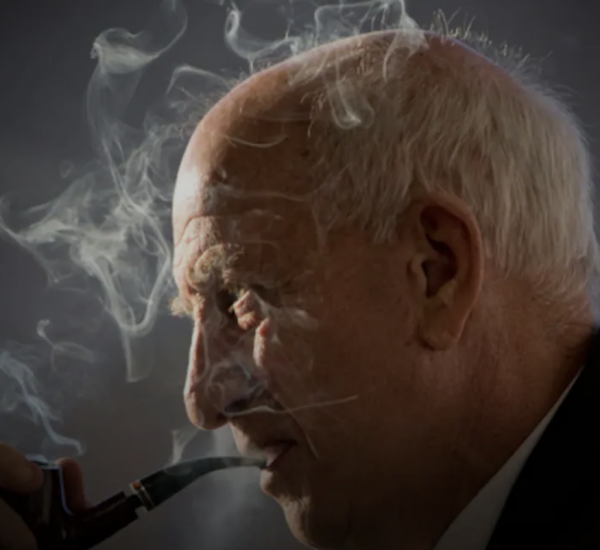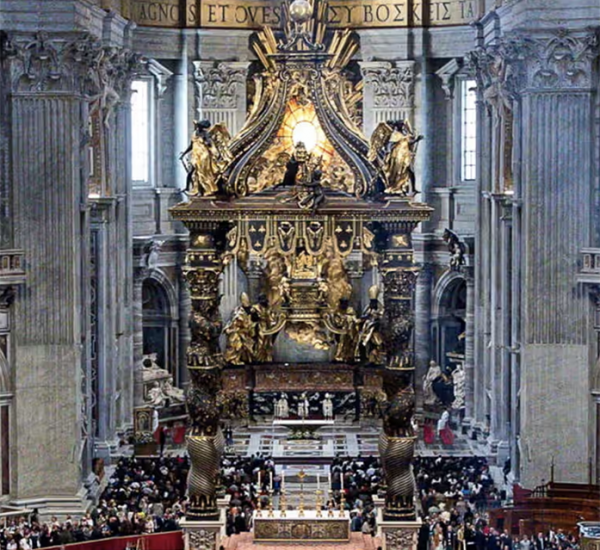It has been a long time coming, and at times I doubted that it would ever happen, but the scaffolding is down at last and the wonderful Albemarle Hotel building is revealed for the first time in over a decade or two. Hooray! Time to celebrate!

It is not open to the public yet, but I’m hoping that it is getting close. I went past last night and noticed the shiny newly renovated facade, and the gleaming new cladding at the rear, of this magnificent old lady looking fresh and wonderful again. I have no idea what it is going to be, but it has suffered badly over the years, and driven several people into bankruptcy in its role as a heritage money pit – but oh my goodness, what a beauty has been saved.

The Pouhere Taonga / Heritage New Zealand website has lots of information on the building, but if only the walls could talk, what stories they would have to tell! Decades of scandals, sexual intrigue, workers rights and strikes, vandals, graffiti, whore house of very dim repute, shining bastion of respectability, the Albemarle has had it all.

The architect, James Bennie, designed this private temperance hotel in 1905, the same year he helped establish the NZIA. He was of Scottish origin (Ayrshire), had worked and learned his trade in Melbourne, before arriving in NZ and settling in Greymouth (bit of a rookie move there!), eventually making his mark on Wellington. The HNZ website notes that: “Some of Bennie’s designs include the Albermarle Hotel, Wellington (1905), the Carnegie Library at Levin (1910), the Karori Methodist Church (1912), and the Oriental Bay Tea Kiosk (1912, demolished 1978). He designed a number of theatres including Kings (1910), Queens (1916), the Crown (1916) and Paramount (1917), all in Wellington and was also responsible for the design of many houses including the Wedge, Glenbervie Terrace (1906) and Bennie house, Salamanca road (1907) both in Wellington. He also had an interest in prefabricated house design.”
The Wellington City Council website also has a bit more information on the building, noting that: “The hotel appears to have generally served a working class clientele of tradesmen. During WWI many of the hotel residents were listed in the ballots and called up to serve in the armed forces. The professions of Albemarle Private Hotel residents noted in these ballots include labourers, engine drivers, butchers and tinsmiths. The building was later listed as a boarding house in 1950-1951, and finally as a massage parlour, at a time when the area around Cuba, Vivian and Ghuznee Streets was known as Wellington city’s Red Light District.” I’m not sure what its next use will be – but seeing as Ghuznee has moved on from its days as a cheap boarding house, I’m guessing that it will become a really classy upmarket drinking establishment – something that the original owner would no doubt have disapproved of!
More info please! It has apparently been saved by a “prominent Wellington family trust” who seem to be coy about their passion for quiet restoration, but I want to know more! Tell us your memories about the building!





I noticed the (very) shiny cupola the other day,- oxidisation will eventually turn it deep brown, but at the moment its very “look at me”….
The key thing is to find tenants, other wise this is all for nought…
A 2021 Article talked about Hospo- and with the current trend away from CP into Cuba and Ghuznee it would be a great fit. esp if Courtenay place is about to be attacked by cones for years.
“It will include a café and bar on the ground floor, a restaurant on the first floor, a second floor functions room, and a rooftop bar and garden on the third floor”
It would be great to have something on the ground floor that also spilled out on to Glover park.
Thanks – any idea who the backer of the project is? I know it has driven more than one person nearly bankrupt, but someone has managed it. I read somewhere that it was Ian Cassells, but I’m not sure that he was the finder in the end.
Yes – the cupola is looking wonderful right now. If it is genuine copper then it will patinate, but then again, it could just be paint !